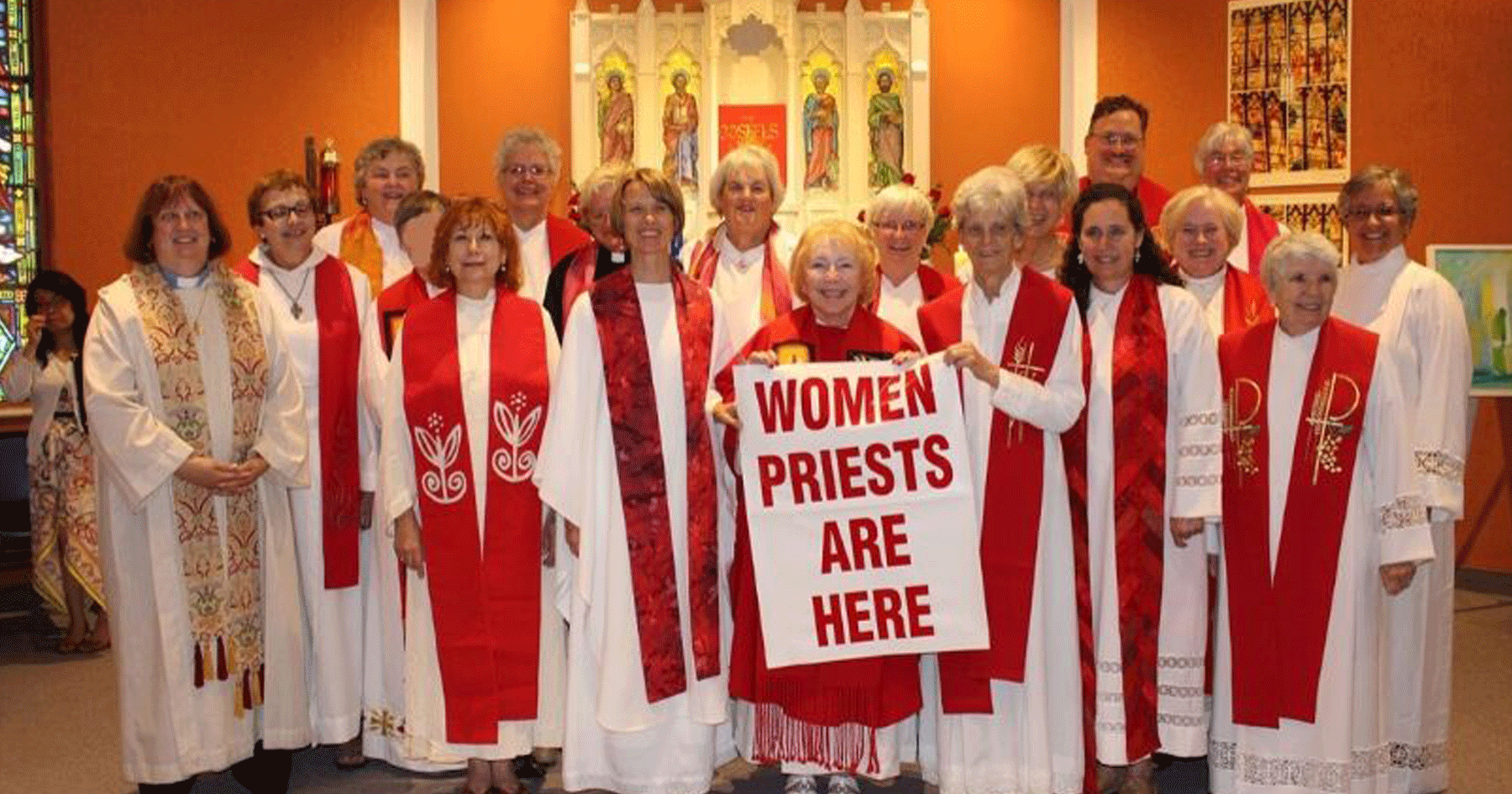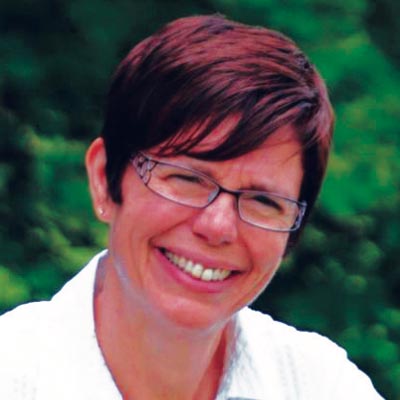I was in high school pondering what to do with my life as graduation approached. My dad was a priest and when I asked him about working in the church his response was, “There’s no place for women in leadership in the church. Forget about it.” This was not how he felt about women, but rather a recognition that women were marginalized and things weren’t going to change anytime soon. That would have been in the late 60’s and only a few years later in 1976, the first women were, in fact, ordained in Canada.
I can still remember the first time I attended a service presided over by a woman. It was around 1980. Seeing a woman behind the altar blew me out of the water — the joy, the amazement, the sense of possibility. No more forgetting it!
I had trained as a teacher and went to Hong Kong to do what every other native English speaker did — teach English as a second language. I attended the Cathedral parish there and became very involved in the life of that parish. Because Hong Kong was a place for ex-patriots rotating through on 2-3 year placements, the membership was constantly changing, which meant that there were opportunities for leadership that I would never have had in Canada in the 70’s- a single woman in her 20’s on parish council, no way! As well, the headmistress of the high school where I taught at was one of the first women ordained in the world, Joyce Bennett. No more forgetting it!
By a weird and wonderful unfolding of events, I ended up attending the Church Divinity School of the Pacific, the Episcopal seminary in Berkeley, California and graduated in 1983. I met first generation women priests in the San Francisco Bay area: women who had been physically pushed away from the altar, women who had been reviled for pursuing God’s call, women who had been damaged by the backlash of fear and anger at their very existence. And yet women comprised about a third of my class. Though this was the more dramatic history of ordained women in the States, Canadians were only just a little more polite. Despite the ordination of women being properly agreed to by General Synod, it is true to say that many folks didn’t agree with women being ordained.
I wasn’t one of the first generation women who had to struggle to simply be ordained. The issue for me was getting a job. Although women were getting ordained, that didn’t necessarily mean they were being employed. The resistance to women was just moving the ladder of the church a little higher. If women couldn’t be stopped from being ordained, then any parish, being presented with many suitable applicants, could, in all good conscience, simply not choose a woman. Over the last decades, more and more women have become rectors of parishes across Canada. The glass ceiling regarding a woman’s place in the church was shattered when Victoria Matthews became the first woman bishop in 1994 and Linda Nichols was elected Primate in 2019.
I was exceedingly fortunate to be ordained, first as a deacon in March 1983 by Bishop Fraser Berry. My first position was as assistant to Paul Robinson at All Saints, Vernon. I began with halftime Lumby/ halftime Vernon and was ordained a priest in October 1983, the first woman priest in this diocese. I have to say that, though I was the first woman priest in Vernon, a deaconess, Enid Hines, had preceded me at the parish. Enid was a beloved leader in the parish who died much too early of cancer. This positive role model had already broken through many of the barriers to women in leadership in the parish, so that I experienced little resistance to my presence and worth. I owe a great debt to all the deaconesses who went before me, quietly and faithfully preparing the way for women’s full participation in the leadership of the church today.
As with any woman in a professional position, big questions arise when marriage and raising a family come into play. This was particularly an issue as the church hadn’t really thought about what happens when a woman needs to take maternity leave or is raising a family. I made things easier for the church by actually quitting my position rather than taking a maternity leave. Not a smart move on my part, because when I was ready to return to work, the reality of the lack of jobs within commuting distance in small town BC struck. In the old days, male priests moved where parishes were available, but as men married women who had their own career paths, often earning more than the priest did, priests’ ability to move was severely curtailed. This applied as much or more to women priests, whose partners’ jobs were often the main source of income, especially if the woman was working only part-time while raising small children.
That’s when I became “the invisible priest”, working as an editor with a church school curriculum, followed by getting a Master’s degree in Counselling and becoming a grief counsellor with Vernon Hospice in its early days. Even then, when I came back to the church, it was in a very part-time way. It was only in 2014 or so that I began to work full-time for All Saints, until my retirement in 2017. I’ve been involved most recently with working part-time with St Francis, Lake Country, agreeing to help out in a crisis and never leaving.
When I look back to the world of the church when I was a teenager, pondering my future, I’m amazed at the changes that have occurred in such a short time. In 2023, I will have been ordained for 40 years. The church has lost much of its position of influence in society and yet I think, at least in this neck of the Christian woods that I live in, it has become more inclusive and authentic. The majority of the folks sitting in our pews are women and now in only a few decades, the voices of women are being heard and given authority. Now when I preside over the Eucharist, I’m not seen as a woman priest, someone slightly exotic or unusual. I’m seen as our priest, Jane, the person who will walk through the years with this community of faith, just like every other priest before me down through the ages.
I’d like to add that I am honoured to have lived through these years of change and am also honoured to have walked with my LGBTQ colleagues, as they too, have also been accepted for ordination and have found their place at the altar.


